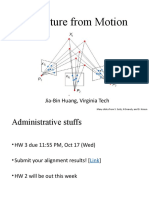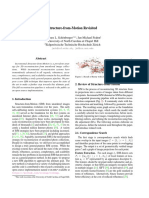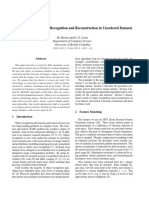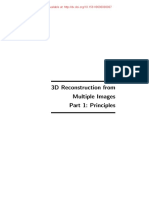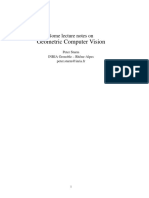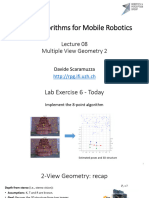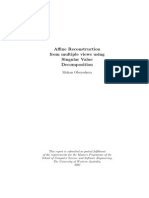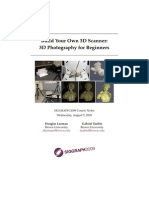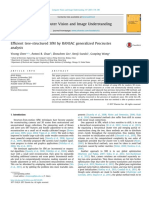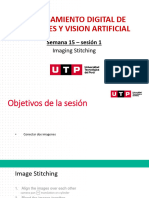0% found this document useful (0 votes)
44 views38 pagesSlide - 3DP - 10 - Structure From Motion
The document discusses Structure from Motion (SfM), a technique for reconstructing 3D structures from 2D images taken from various viewpoints. It outlines the SfM pipeline, including correspondence search, geometric verification, initialization, pose recovery, triangulation, and bundle adjustment. Additionally, it mentions open-source frameworks like COLMAP and Bundler for implementing SfM.
Uploaded by
amirCopyright
© © All Rights Reserved
We take content rights seriously. If you suspect this is your content, claim it here.
Available Formats
Download as PDF, TXT or read online on Scribd
0% found this document useful (0 votes)
44 views38 pagesSlide - 3DP - 10 - Structure From Motion
The document discusses Structure from Motion (SfM), a technique for reconstructing 3D structures from 2D images taken from various viewpoints. It outlines the SfM pipeline, including correspondence search, geometric verification, initialization, pose recovery, triangulation, and bundle adjustment. Additionally, it mentions open-source frameworks like COLMAP and Bundler for implementing SfM.
Uploaded by
amirCopyright
© © All Rights Reserved
We take content rights seriously. If you suspect this is your content, claim it here.
Available Formats
Download as PDF, TXT or read online on Scribd
/ 38
